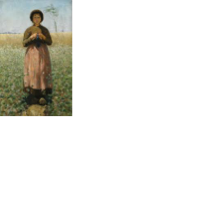Sign up for FlowVella
Sign up with FacebookAlready have an account? Sign in now
By registering you are agreeing to our
Terms of Service
Loading Flow



Serfs and Peasants
-Central and Eastern Europe the peasant status was still defined by a system of serfdom.
-Serfs received plots of land and some rudimentary capital. Mostly unpaid labor.
-Labor service was three times a week and increased during harvest time.
-The degree of exploitation varied, for example in Russia, Poland, Hungary, and certain small German states serfdom was very similar to the treatment of slaves.
*Russia and Poland serfs could be traded
*Russia owned many serfs and would assign them to work in the mines and factories of the Ural mt.
*Could inflict corporal punishment, up to 60 lashes or six months in prison.
-Not as severe in Prussia or the Habsburg monarchy; serfs had some basic legal rights.
*Peasants could not be expelled from their plots of land as long as they paid their dues and rendered all the services
-Western Europe serfdom had waned.
-Peasants could buy land if they could afford it.
-Most French German Spanish and Italian peasants still lived under the authority of a noble. "Seigneurialism"
-Charges between 5-15 percent of harvest went to The Lord and was a good source of income but terrible for peasants.
-Royal taxes, rents, seigneurial duties, tithe to the local church, these debts were parts of a serf household burdens.
-Western Europe serfs relied on tradition as their guides to prosperity and were extremely insecure.

